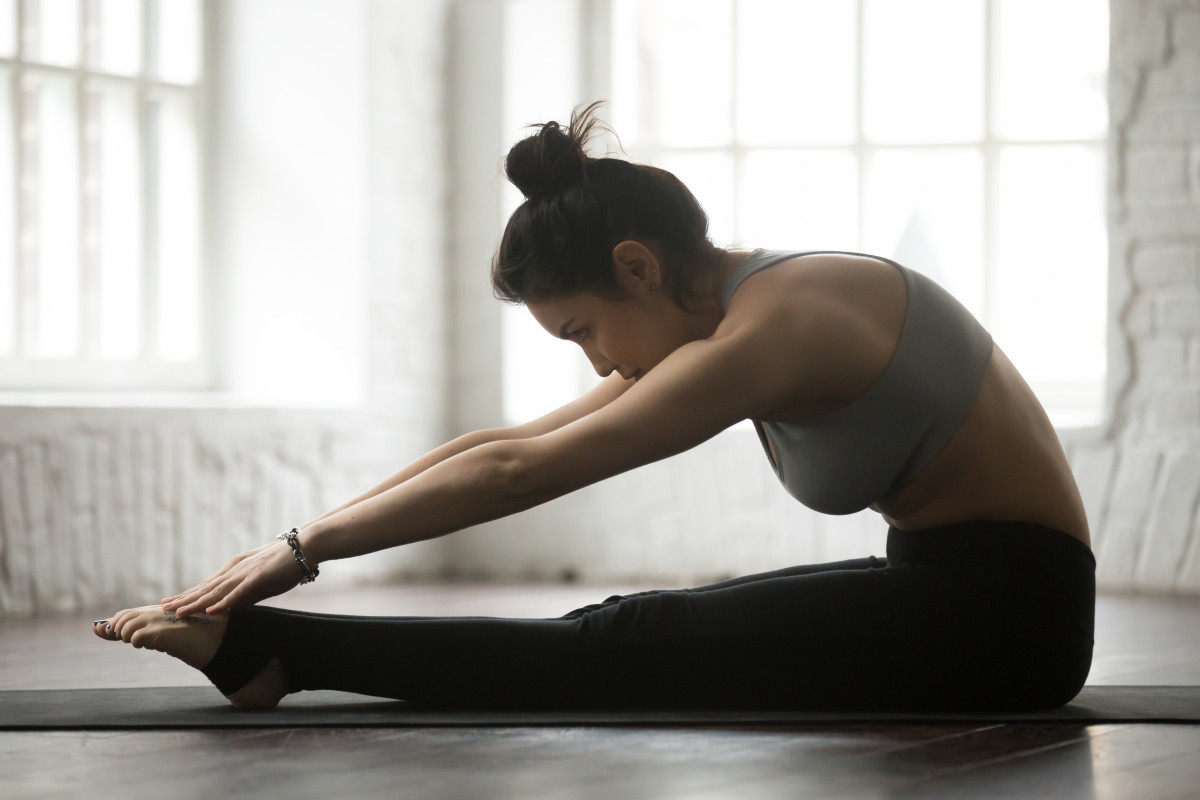These days what we hear most people say and complain about is that their spine is hurting. In general, the pains are concentrated in the lumbar and cervical areas, but we still hear “ah it hurts the middle of the back”, that is, the thoracic spine.
In my Pilates Studio more than half of my clients experience pain in some part of the spine or else they are already diagnosed with some pathology.
Many sought Pilates to try to solve these pains, stabilize the pathology and improve the quality of life.
Doctors are currently recommending Pilates to improve pathologies and back pain.
And with absolute certainty, 90% of customers, who arrive in pain and practice Pilates correctly, working all the muscles necessary to gain stability and strengthen the spine, finish their classes and keep their week pain free. And they always tell me that they would never be without Pilates.
And that is what we will see in this text, how Pilates helps for Spine Pathologies!
Spinal pathologies are considered one of the biggest problems we experience from adolescence to old age. It is scientifically proven that 90% of people will suffer from back pain or neck pain during some stage of their life.
These problems arise from numerous factors, among them are heredity, poor posture and lack of physical exercise.
Fortunately, many of these problems have a non-invasive treatment, which if taken without interruption can greatly improve the student’s situation, relieving their pain, discomfort and thus restoring quality of life.
How the column works
Our spine is an important system that consists of vertebrae, between which the spinal cord passes; still between the vertebrae, we have the intervertebral discs, which wear out over time, inappropriate and or repetitive use.
It is the spine that supports the weight of our body, is responsible for locomotion and posture, serves as a fixation point for the entire body and protects the spinal cord and its nerves.
The spine is a very flexible structure, so to perform a simple movement, several bones of the spine that move, allowing locomotion.
And it is in these situations of movement that injuries can occur, such as when sitting, lying down, walking, picking up an object, looking at social networks on the cell phone, walking without protection in the car, we are completely subject to countless traumas – such as Arthrosis, Kyphosis, Lordosis, Herniated Disc, and Scoliosis, we still have lower back problems, which can also be caused by the same.
Disc herniation is more common in the cervical and lumbar regions, due to the higher load movement and support, and in some cases, osteoarthritis (abnormal bone increase) also contributes to this nerve compression favoring the hernia.
Conventional treatments
Conventional physiotherapeutic methods are the most recommended to treat and prevent pathologies in the spine, but we must emphasize that in most cases the right procedure to do is to strengthen the muscles of the adult, so that he can resist the spine, keeping it in a correct position, preserving the natural position of the spine, without creating trauma, increasing the possibility of reducing some type of pathology in the spine.
Manual physiotherapy is one of the most frequent treatments and aims to decrease pain and increase soft tissue strengthening and mobility.
But among conventional resources and those that we often see in magazines, television and even in offices, today I will clarify why I believe that the Pilates Method is the most recommended in the treatment and prevention of all pathologies in the spine
Pilates and spine pathologies
With Pilates as a treatment method, you can reach recovery levels higher than traditional interventions, its main feature is the development of the body in a uniform way.
Its mechanism proposes an improvement in your body awareness, flexibility, balance and muscle strength, all through concentration, breathing, control, fluidity, posture and center of strength
That is why Pilates is a method indicated and used for pathologies in the spine, in addition, the exercises do not cause impact and strengthen the adjacent musculature that helps in stabilizing the affected region.
Pilates exercises are focused on quality and not quantity, so with few repetitions, but well done, you can reach a favorable result.
Exercises such as the bridge (Leg Pull Front) and abdominal exercises, such as Decline Push Up, are important for the stabilization and strengthening of the muscles in need, working together with stabilizing muscles.
Remembering that the exercises are always released with professional monitoring, and after having passed the pain phase.
Conclusion
The pathologies of the spine are taken by most people without much importance, when they feel pain they simply buy a medicine and thus continue with their routines.
The consequences of this attitude make the body and the lives of people very uncomfortable and it is up front that they pay the bill for a problem that could be solved without major dysfunctions.
Pilates, in addition to being an excellent exercise to treat spinal pathologies, gives back to the patient the lost lightness and mobility, transforms the body and mind into a complete and organized organism, always evolving.
Discover more from Pilates All Ages
Subscribe to get the latest posts sent to your email.
